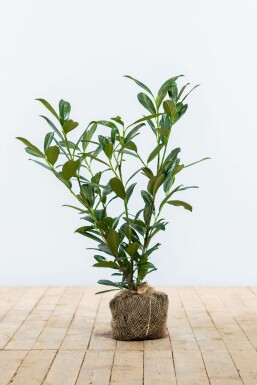
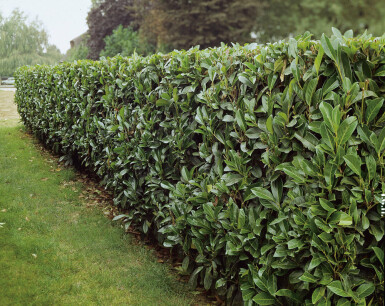




Updated on 10 September 2025
We regret to inform you that we are currently unable to ship orders to the United Kingdom. We anticipate being able to resume shipments at the beginning of 2026.
Prunus is perfect for a vibrant garden, known for its stunning spring blooms and rich autumn hues. Ideal as an avenue tree or in blossom gardens, it attracts insects and offers a beautiful display in various forms, from standard to weeping.






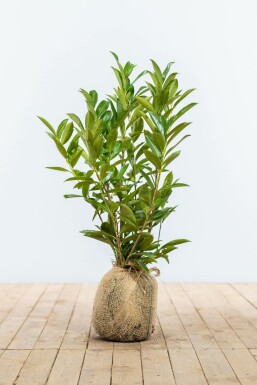
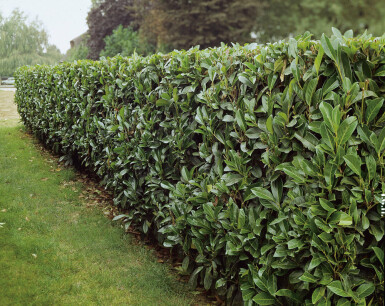




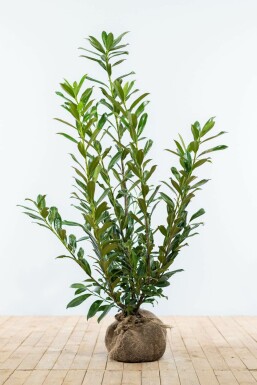
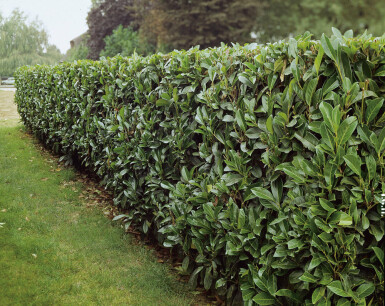




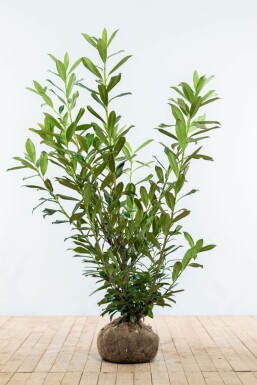
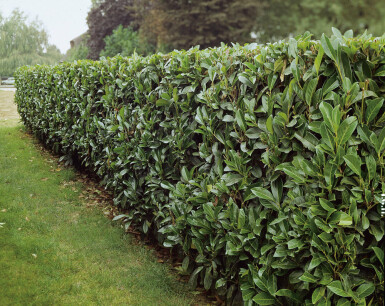




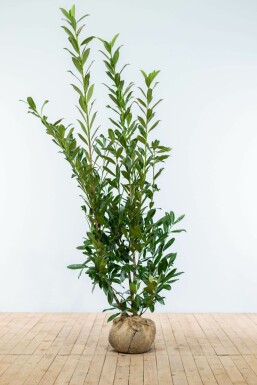
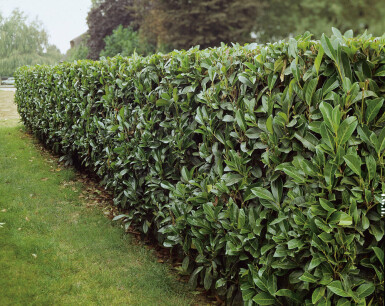




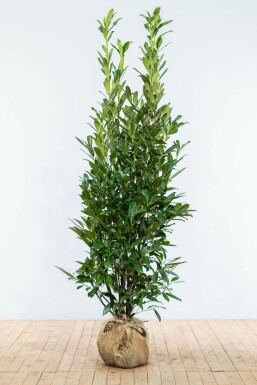
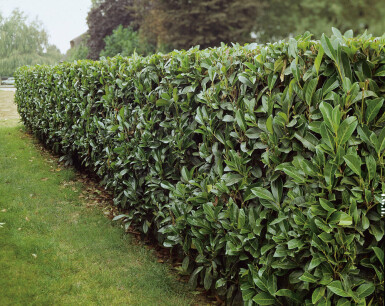




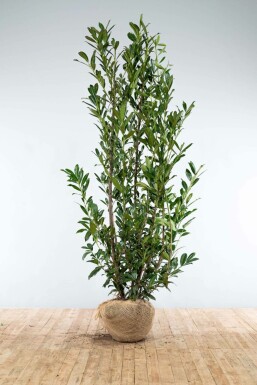
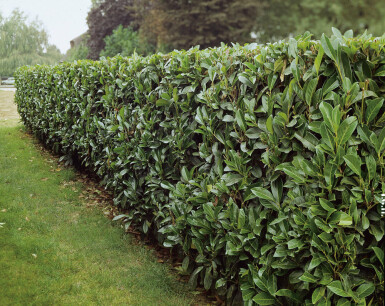




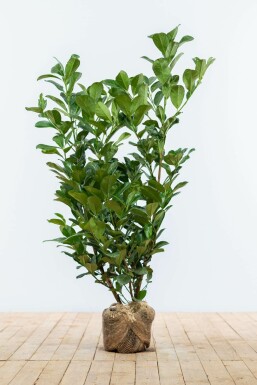
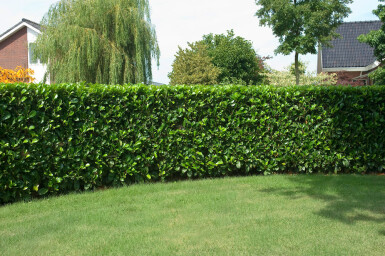




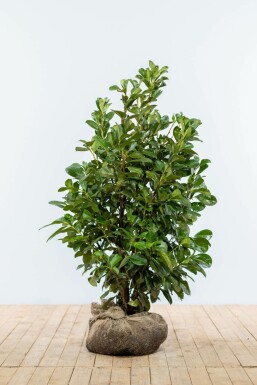
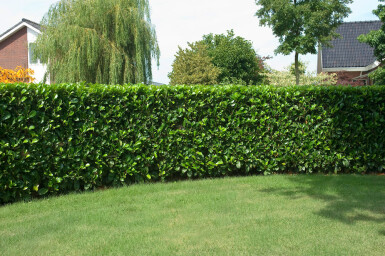




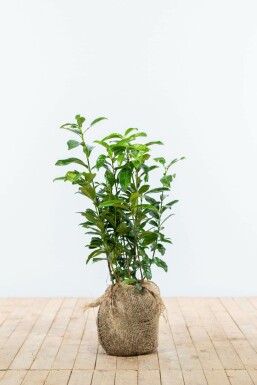
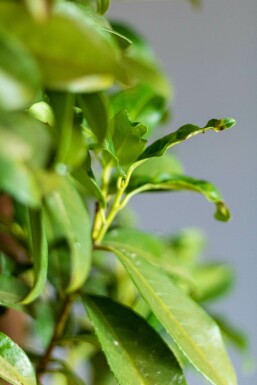




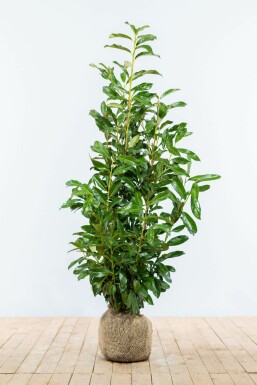





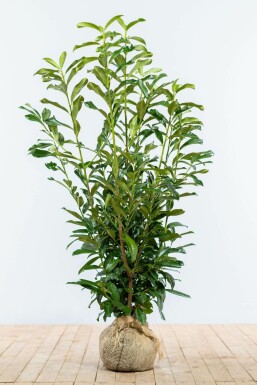
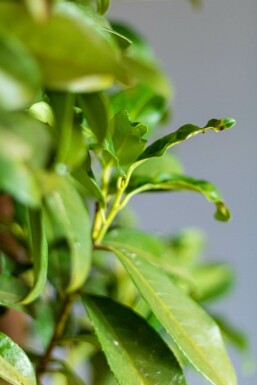




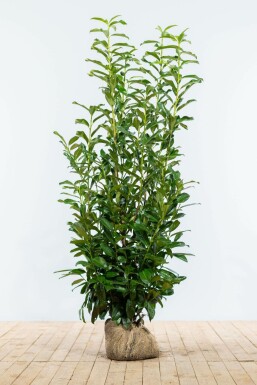
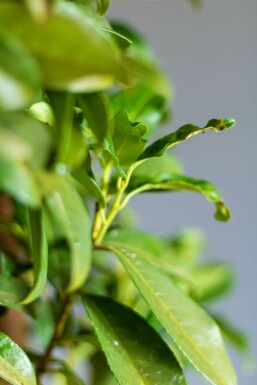




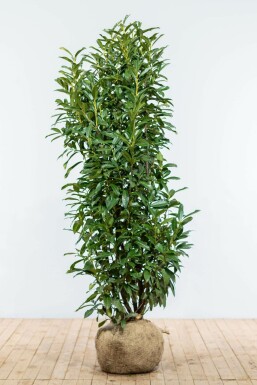
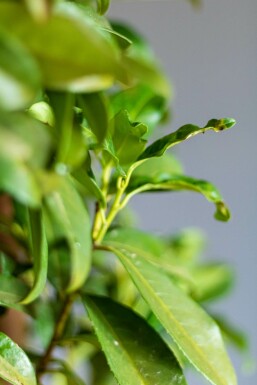




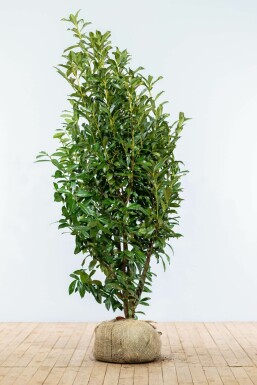
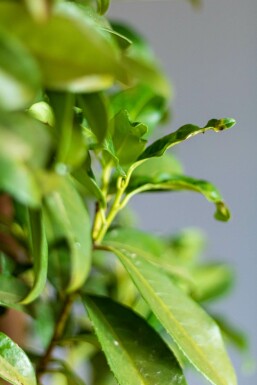




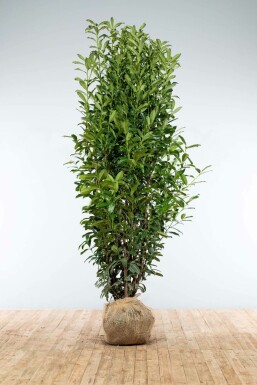
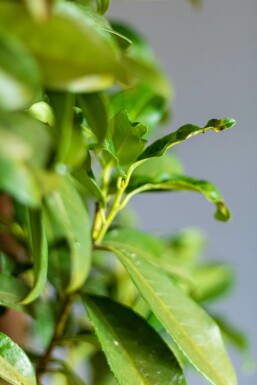




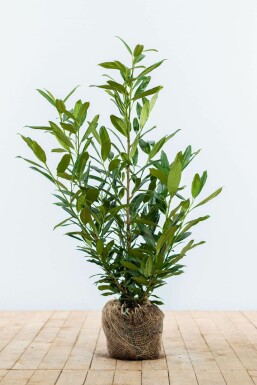
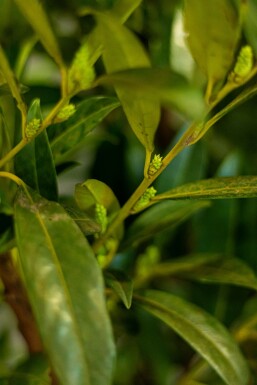




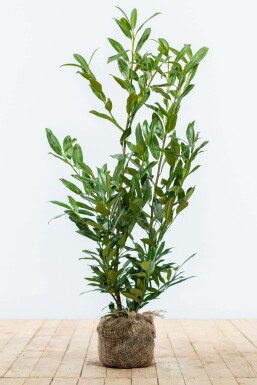
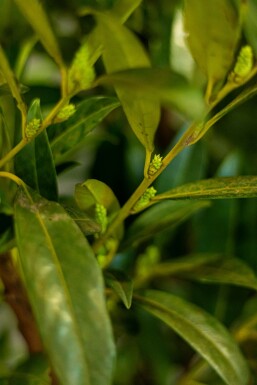




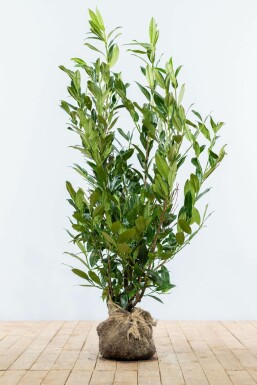





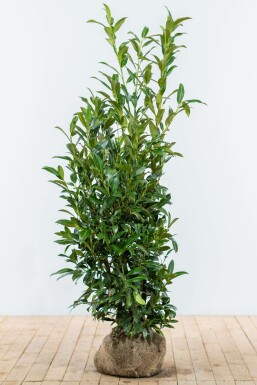
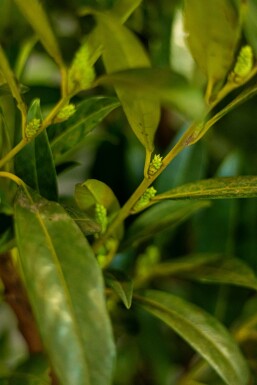




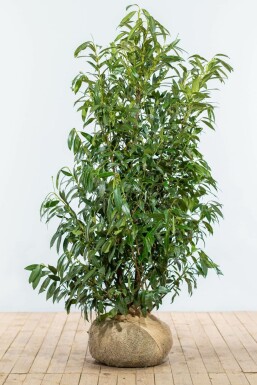
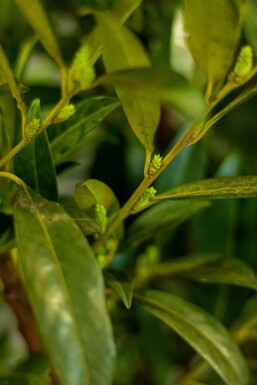




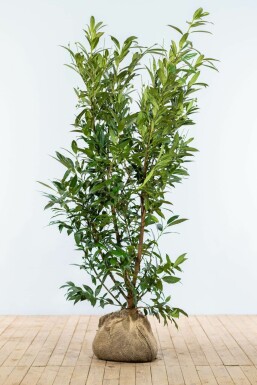





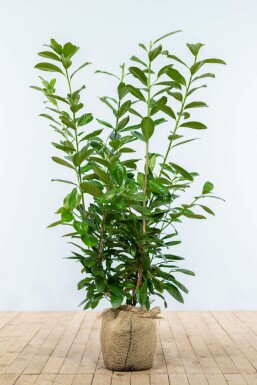
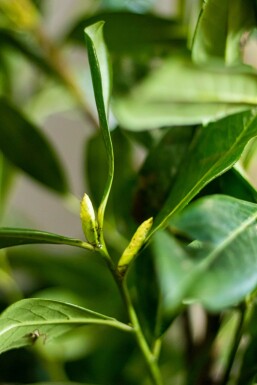




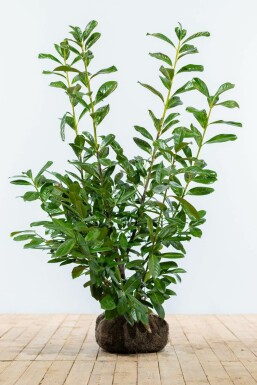
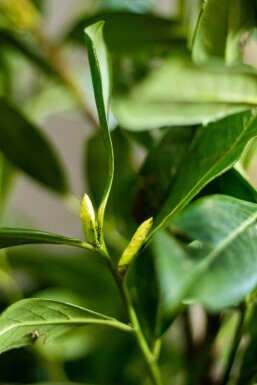




Prunus is a popular choice for gardens due to its beautiful blossoms and delightful fruit. This tree or shrub offers simple, often serrated leaves, with flowers that bloom in early spring, presenting shades of white or pink. Its fruit, a stone fruit, adds aesthetic and culinary value. Adding Prunus to gardens can transform them into picturesque settings. The charm of its blossoms and fruits makes it ideal for avenues, solitary spots, or blossom gardens. Curious about how to enhance a garden's appeal? Dive into the world of Prunus, cherry, or plum varieties, and discover flowering or edible options. Whether planning to prune Prunus trees or looking for ornamental cherry trees, explore the possibilities and consider purchasing Prunus trees in the UK for an enchanting garden makeover.
Prunus is a diverse group of plants within the Rosaceae family, including well-known types like cherry and plum trees. These trees are loved for their beautiful blossoms and tasty fruits. Known also as ornamental fruit trees, Prunus trees are versatile in gardens and parks. Synonyms for Prunus include cherry and plum. Primarily, Prunus is used for its attractive flowers and fruits, which bees and birds enjoy. The genus, found originally in Europe, Asia, and North America, adapts well to many gardens. Ecologically, Prunus provides nectar for bees and food for birds, while its ornamental beauty enhances landscapes. In Latin, Prunus refers to plum or stone fruit, and it symbolises fertility and beauty in many cultures. These trees are deciduous, with some bearing edible fruits like cherries and plums, while others serve purely ornamental roles. Suitable for various styles, such as standard, espalier, or hedges, Prunus trees can be planted alone or as part of a garden plan. When considering Prunus for a garden, options like flowering or edible varieties offer something for every preference. Whether choosing a cherry, plum, or ornamental fruit tree, the charm of Prunus is undeniable.
The Prunus is a fascinating plant with diverse growth forms. It can be tree-like or shrubby, with a broadly spreading or upright shape that adds a graceful touch to any garden. This deciduous plant is perfect for solitary planting or hedges, making it versatile for many uses like standard trees, half-standard, or even as a hedge plant. The Prunus is renowned for its beautiful blossoms that appear in March, April, and May. Climate and weather conditions play a significant role in its blooming period. A mild winter can lead to an earlier blossom timing, while a colder spring might delay it. The blossoms range from white to deep pink, depending on factors such as species, cultivar, and care. The soil type and light conditions also affect the vibrancy of the blooms. The scent of Prunus is notable, especially during its flowering period. While not all Prunus varieties are fragrant, many have a subtle scent that enhances the garden's atmosphere. Factors like the specific cultivar and blossom density influence its fragrance. When mature, a Prunus can reach heights from 1.5 to 15 metres, depending on the species. Growth is influenced by the chosen site, climate, soil quality, and regular care. The Prunus is a popular hedge plant with early spring blossoms, making it a great choice for those looking to enhance their garden's beauty with an ornamental blossom tree.
The Prunus tree features diverse leaf shapes, including oval, ovate, and lanceolate, with some showcasing a doubly serrated edge. The glossy green leaves transform into striking copper hues when young and shift to vibrant yellow or red in autumn. Factors such as species type and local climate influence these changes. In winter, Prunus may lose its leaves, but some species remain semi-evergreen depending on environmental conditions and species choice.
Prunus is hardy and can withstand temperatures between -34°C and -23°C, making it suitable for USDA zones 4 to 6. However, factors like wind exposure and soil conditions play a role in its frost resistance. While most Prunus species lose their leaves in winter, their evergreen varieties offer year-round foliage depending on the climate and planting location.
In terms of drought and heat resistance, Prunus adapts well, especially when originating from regions with similar climates. The leaf structure, including potential waxy coatings, aids in conserving moisture. A deep root system helps access soil moisture, but adequate watering during dry spells remains important.
While Prunus offers ornamental and ecological benefits, with its rich spring flowering and summer to autumn fruits, caution is necessary. Many Prunus species are toxic, especially the seeds. It is not recommended for areas frequented by children or pets. When used responsibly, Prunus can enhance biodiversity, offering food and shelter for various wildlife. Its spring blooms attract pollinators, supporting garden ecosystems and encouraging a balanced environment. Planting Prunus can increase garden resilience against diseases and pests, benefiting the overall health and biodiversity.
Prunus trees, such as cherries and plums, are versatile additions to any garden. They bring not only beauty with their blossoms but also delicious fruit. Implementing Prunus in your garden can transform the space into a vibrant and lively area. Here are some ideas on how to integrate Prunus trees effectively:
Prunus can be beautifully combined with various other plant types in the garden. Consider pairing them with deciduous shrubs like Amelanchier, which offer lovely white flowers in spring and colourful foliage in autumn. Malus, or crab apple trees, can complement Prunus with their pink blooms and vibrant fruit that attract birds. Another great option is Cornus, known for its striking winter stems, which provide interest when Prunus trees lose their leaves. Adding Viburnum to the mix can enhance the garden's visual appeal with clusters of fragrant flowers and berries. Magnolia, with its large, showy blossoms, can create a stunning contrast against the more delicate Prunus flowers. Each of these combinations works well in different garden settings, such as blossom gardens or avenues where Prunus trees stand as focal points. Prunus flowers early and forms a densely branched fast-growing hedge. These combinations are not only aesthetically pleasing but also beneficial for biodiversity, attracting pollinators. The harmonious blend of colours and textures makes the garden lively and inviting all year round. Explore the diverse potential of Prunus, an ornamental blossom tree for garden use, and enjoy the beauty it brings.
The Prunus thrives best in sunny locations, requiring at least 6 hours of sunlight per day. While it can also grow in light shade, full sun ensures the best flowering and growth. Factors like nearby buildings or trees can create shade, impacting growth. Wind exposure affects Prunus trees, but they tolerate urban conditions and moderate wind. Planting in sheltered areas or using windbreaks can protect against strong winds. Prunus prefers calcareous, well-drained loam soil. Proper drainage prevents waterlogging, which can hinder growth. Regular fertilising encourages healthy development. The soil's moisture level is crucial, with overwatering or drought affecting health. Well-drained soil keeps moisture balanced, while wind and sun influence evaporation rates. Prunus trees thrive in slightly alkaline to neutral pH soils. The pH level influences nutrient availability, with overly acidic or alkaline conditions affecting growth. Monitoring and adjusting the soil's pH ensures optimal conditions for the Prunus. This ornamental fruit tree, whether cherry, plum, or almond, can be a stunning addition to any garden. For those looking to enhance their garden with beauty, considering flowering or edible varieties of Prunus is ideal, and options are available to buy Prunus trees UK.
Prunus varieties can be planted in autumn or early spring. This timing depends on whether it's a tree or a shrub. Plants delivered in pots can be planted all year round, except during frost. For those with a root ball, planting in autumn or spring is usually best. The planting distance for Prunus depends on several factors, such as the type of plant, its size at planting, and growth speed. Always check the plant's properties for the recommended number of plants per metre on the Heijnen product page. It is crucial to prepare the soil well. Use fertile, well-draining loamy or sandy soil for optimal growth. Ensure a planting hole is large and enhance the soil with compost. After planting, proper aftercare is essential. Water regularly, especially in dry periods, and consider using Heijnen planting soil. Regular pruning helps maintain health and shape. Arrow bamboo benefits from similar conditions, requiring at least six hours of direct sunlight and well-drained soil. With the right care, flowering cherry and plum varieties will thrive and become a beautiful ornamental addition to the garden.
The Prunus tree, known for its vibrant blooms and juicy fruits, requires proper care to thrive. Whether grown as a standard tree or in an edible garden, understanding its needs is key. Here's a guide to ensuring healthy growth and abundant fruiting for your Prunus.
Prunus is a versatile evergreen hedge with spring blossoms. Its flowers are a spectacle, ranging from white to deep pink, creating a beautiful display in the garden. In spring, Prunus blossoms attract bees and butterflies, enhancing the biodiversity. The glossy green leaves turn to vibrant shades of yellow and red in autumn, adding visual interest. Prunus has a tree-like or shrubby growth form, which can be broad or upright, making it ideal for various garden styles. It also serves as an excellent privacy screen with year-round structure value. In winter, the bare branches of deciduous Prunus species create a graceful silhouette. Prunus trees, including Cherry and Plum, are known for their ornamental value. Many varieties are perfect for avenues and blossom gardens. Besides their beauty, some Prunus species produce edible fruits like plums and cherries. For those seeking a flowering cherry or a prune Prunus, this ornamental blossom tree for garden use offers both aesthetic appeal and ecological benefits. Whether used as a solitary tree or in a hedge, Prunus is a cherished addition to any garden, offering seasonal transformations and attracting beneficial insects.
The Prunus genus is popular in many British gardens due to its variety and versatility. Known for their beautiful blossoms, these trees and shrubs are used both ornamentally and for their edible fruits. From March to May, they fill gardens with colour, while some varieties offer fruits in summer and autumn. Here are some favourite Prunus varieties often found in British landscapes:
Prunus offers a range of options, perfect for enhancing any garden setting.
Advantages:
Disadvantages:
Proper soil preparation, ideal placement, care, and timely fertilisation can reduce disease risk. It's essential to maintain these plants well for optimal growth and flowering.
Prunus trees bring beauty and versatility to any garden. They offer stunning blossoms from March to May and can bear fruits in summer and autumn. When deciding to buy Prunus trees in the UK, consider their role in the garden. Perfect for avenues, solitary placements, or as hedges, Prunus provides both ornamental and fruit options. Heijnen offers a great selection for anyone looking to add a touch of nature's finest to their outdoor space. One of the biggest advantages of Prunus is its versatility. It attracts beneficial insects and creates a floral spectacle with various heights suitable for different garden designs. Additionally, arrow bamboo can complement these trees, enhancing garden aesthetics. Choosing the right rootstock is essential for the best growth, whether aiming for blossoms or fruit-bearing trees. For anyone ready to experience this charm, Heijnen is the ideal provider. Order your blooming Prunus (Ornamental Cherry) from Heijnen and enjoy a cloud of pink or white blossoms each spring.
We would like to provide some tips on how to plant and care for a Prunus. By following these tips, you can be sure to enjoy your Prunus for a long time.
Prunus plants thrive best in sunny locations with well-drained, calcareous soil. They enjoy at least six hours of sunlight daily, although they can also grow in light shade. It's important to plant them in fertile ground, as this ensures better growth, richer blooms, and healthier plants. Calcareous and well-drained loam are ideal soil types, allowing the roots to access necessary nutrients without waterlogging. Prunus species can adapt to some variations in soil moisture, but well-drained conditions are preferred. While some Prunus species can tolerate pruning, they also withstand wind and urban conditions well. These plants can be used effectively in gardens as standard trees, avenue trees, or hedges. Choosing the right spot for Prunus is vital for optimum growth and flowering potential.
Proper soil preparation is key for planting Prunus. Start by ensuring the ground is well-drained and fertile, mixing in compost for added nutrients. This helps with water permeability, ensuring roots get enough moisture and nutrients. Pot-grown Prunus can be planted year-round, but avoid frost periods. For those with a burlap-wrapped root ball, plant in spring or autumn with the burlap intact. After planting, it's crucial to water the plants until they establish well. This helps them thrive in the garden. Consider the plant size when deciding the number of Prunus per square metre. Proper soil cultivation not only supports healthy growth but also ensures that the Prunus receives the necessary conditions to flourish. Arrow bamboo can benefit similarly from well-prepared soil and sufficient watering post-planting. This ensures that both Prunus and arrow bamboo become healthy, integral parts of the garden.
Fertilising Prunus is crucial for its growth and health. Proper nutrients help it bloom richly and stay vital. Organic or organo-mineral fertilisers from Heijnen are recommended. They provide balanced nutrition for optimal growth and vitality. Fertilise Prunus twice a year, in spring and summer. This timing supports both new and sustained growth. Use amounts based on plant size; smaller plants need less, while larger ones require more. Fertiliser activation requires water, so water the garden during dry spells to help nutrients reach plant roots. Arrow bamboo benefits similarly from careful fertilisation, ensuring its lush appearance. Regular fertilisation results in a healthy and thriving Prunus, enhancing its ornamental appeal and longevity. Proper practices guarantee vibrant blooms and strong health, making the garden a delightful space.
Prunus trees need regular pruning to maintain their shape and health. Pruning encourages fresh growth, improves air circulation, and enhances fruit quality. It's best to prune in late winter or early spring when the tree is dormant. This timing helps to shape the tree without damaging new growth. Use sharp secateurs for clean cuts, which is crucial for the plant's recovery. Ensuring the tools are clean helps prevent spreading any issues to the tree. By giving Prunus enough space in the garden and pruning correctly, the tree can flourish beautifully. Avoid pruning in summer as it can cause excessive sap bleeding. For those growing arrow bamboo near Prunus, it's important to maintain space between them to avoid competition for resources. Proper pruning and spacing ensure a healthy garden environment.
Prunus trees vary in their water needs, but newly planted ones require consistent watering to root well. Once established, these trees only need water during prolonged dry spells. It's better to water deeply rather than a little each day. Early morning or late afternoon is ideal to reduce evaporation. Checking the soil ensures that watering is necessary. Excess water should always drain away, both in the ground and in pots. Drip systems are most effective for rooted plants, but additional watering is needed when first planting. Prunus trees have some drought resistance but benefit from proper care. Remember to incorporate arrow bamboo strategically in your garden for added interest.
Prunus is a versatile plant, offering beautiful spring blossoms and vibrant autumn colours. It's popular for attracting insects, making it a valuable addition to any garden. The name comes from the Latin for plum or stone fruit, symbolising fertility and love. Many species, like the cherry and plum, create a stunning floral display. However, caution is advised as the seeds are toxic. Arrow bamboo can complement Prunus, adding texture to the garden landscape.
Prunus plants can be divided to encourage growth and rejuvenation. Dividing helps remove old parts of the plant, making space for new growth. This process keeps the plant healthy and strong. Benefits include increased vitality and a neater appearance. To divide, carefully dig up the plant, remove any old or damaged sections, and replant the younger parts. Ideally, this should be done every three to five years, preferably in autumn. Use a sharp spade or knife to ensure clean cuts and avoid damage. It's important to water the newly planted sections well to help them establish. Dividing in autumn gives the young plants time to settle before the growing season begins. Regular division ensures a vibrant and thriving garden space. Arrow bamboo complements prunus well in the garden.
Arrow bamboo is an adaptable plant ideal for gardens and avenues. It attracts insects and provides a floral spectacle with heights suitable for various garden designs. This genus offers rich spring blooms in white and pink hues. In autumn, its foliage turns a graceful yellow or red. Order your blooming Prunus from Heijnen and enjoy vibrant blossoms each spring.
